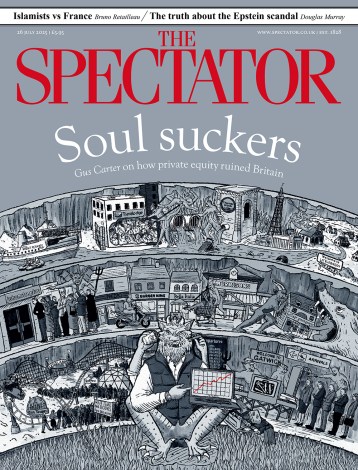Why on earth paint portraits in the age of photography?
‘Everybody faces rejection,’ the portrait artist Aaron Shikler said. He should know, having had three official White House portraits of former President Ronald Reagan rejected — one was too large, one was too casual and one ‘they just didn’t like it’. The commission finally was given to a different artist. Don’t feel too sorry for him. His posthumous portrait of President John F. Kennedy hangs in the White House along with those of First Ladies Jacqueline Kennedy and Nancy Reagan, and he has also painted likenesses of US senators, Supreme Court Justices, cabinet officers, socialites and people who just had a lot of money. Still, fame and past successes don’t














